Up Next

Kevin Magnussen will start his first race for McLaren in six years when he makes his IndyCar debut at Road America today from 21st place.
His call-up to fill in for the injured Felix Rosenqvist at Arrow McLaren SP brings the 28-year-old full circle, having delivered a promising rookie season with McLaren’s Formula 1 team in 2014.
Then, he was a 21-year-old who shocked F1 with a podium finish on debut but was unable to keep hold of a race seat for 2015 after an up-and-down season.
But how did he really do the first time round with McLaren, and did he deserve to be dropped after being given just one full season in a race seat to prove himself?
HOW HE GOT THE DRIVE
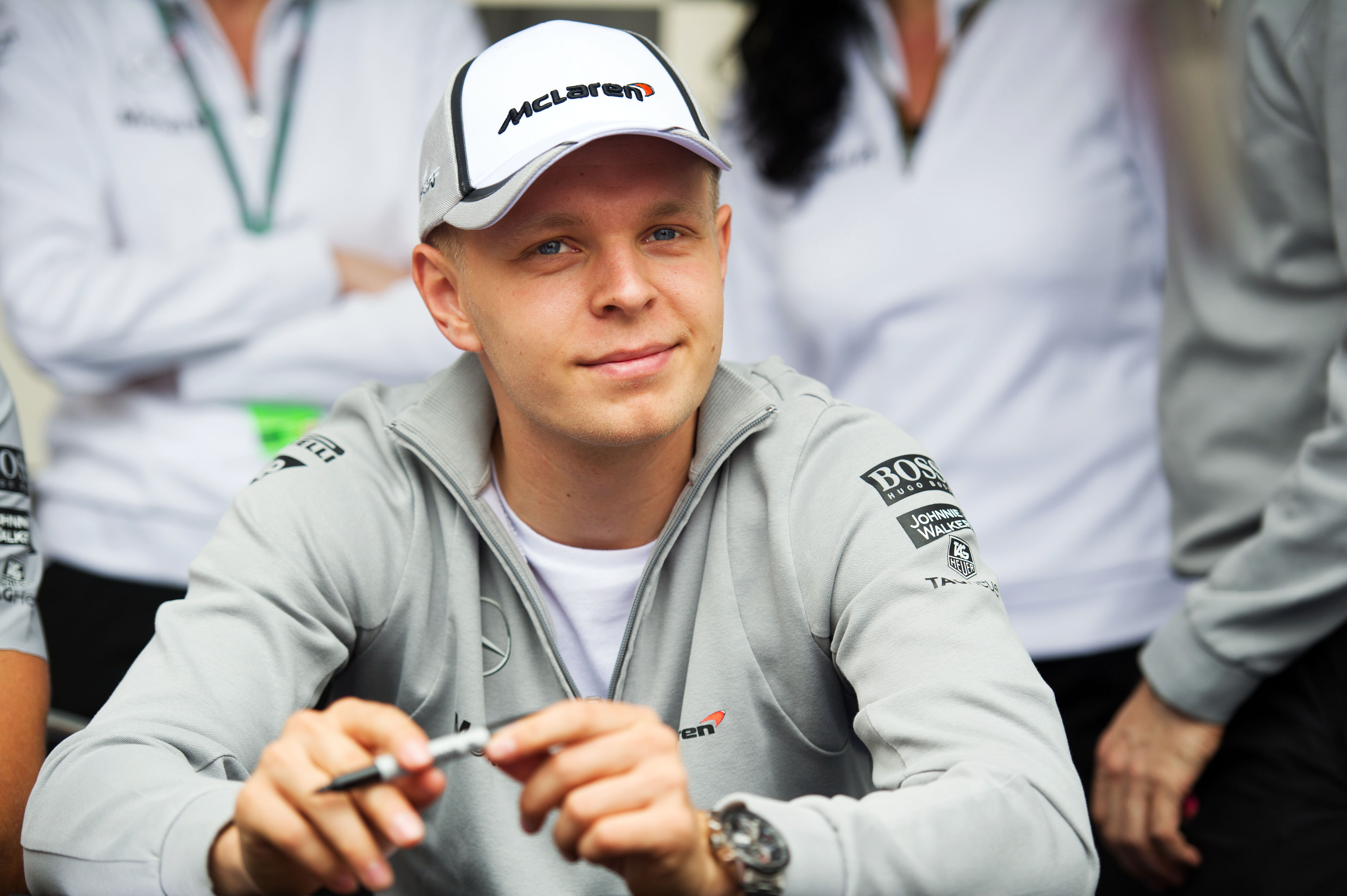
At the beginning of Magnussen’s tie-up with McLaren, both sides were keen to make up for the unfulfilled promise of his dad Jan – who was a McLaren protege in the 1990s and contested the 1995 Pacific Grand Prix for the team as a stand-in for Mika Hakkinen.
On the Magnussen side, that meant Kevin learning from the mistakes of Jan, and he openly admitted to being told all the things not to do, and the importance of dedication.
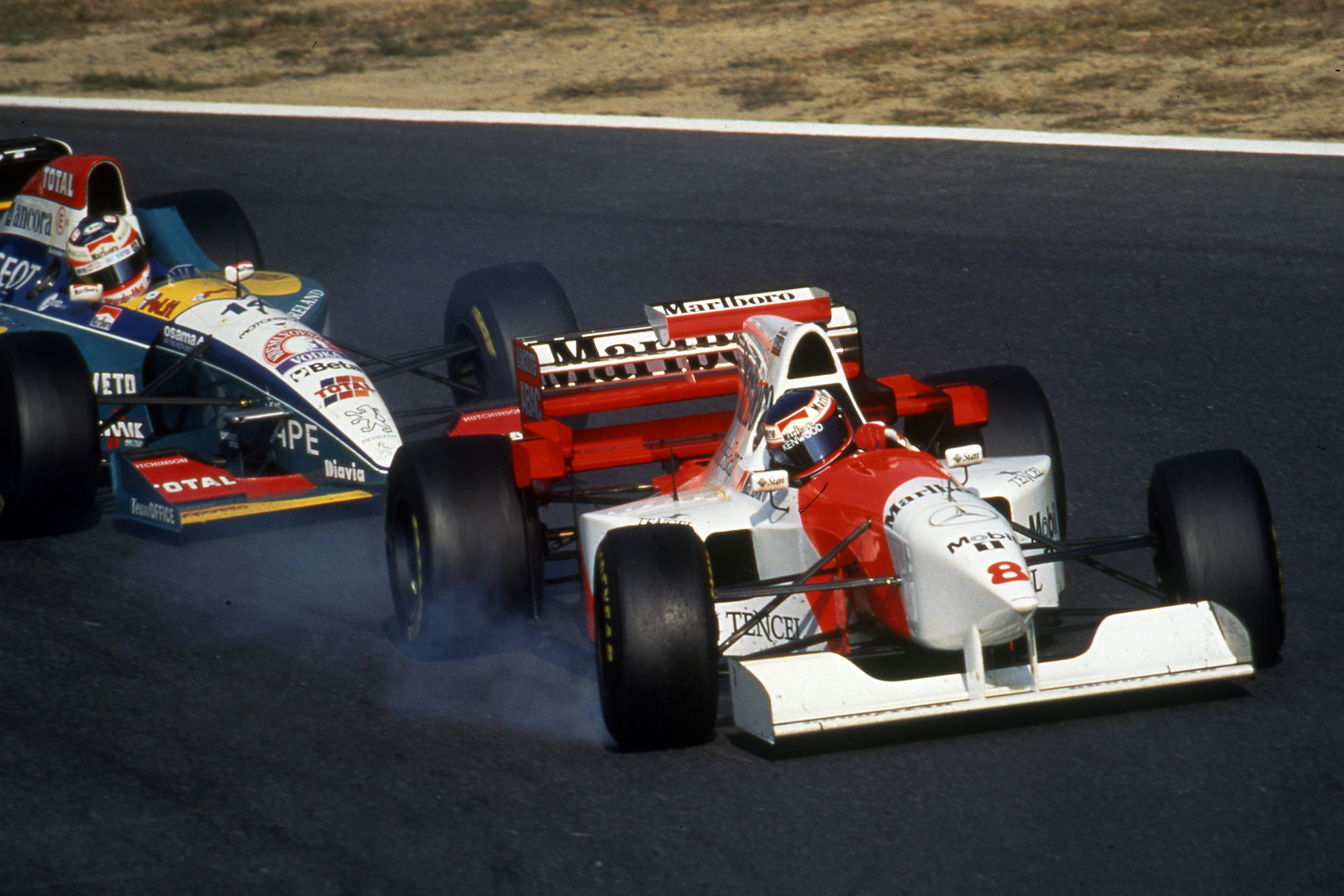
Graduation to F1 never quite seemed a slam dunk. Magnussen showed plenty of speed in his early years on the junior ladder, but it wasn’t clear if he was the full package.
That all changed in 2013 when he switched to DAMS for his second season of Formula Renault 3.5.
After a rocky first weekend, not helped by the rookie heroics of another McLaren junior in Stoffel Vandoorne, Magnussen was read the riot act by the late Jean-Paul Driot.
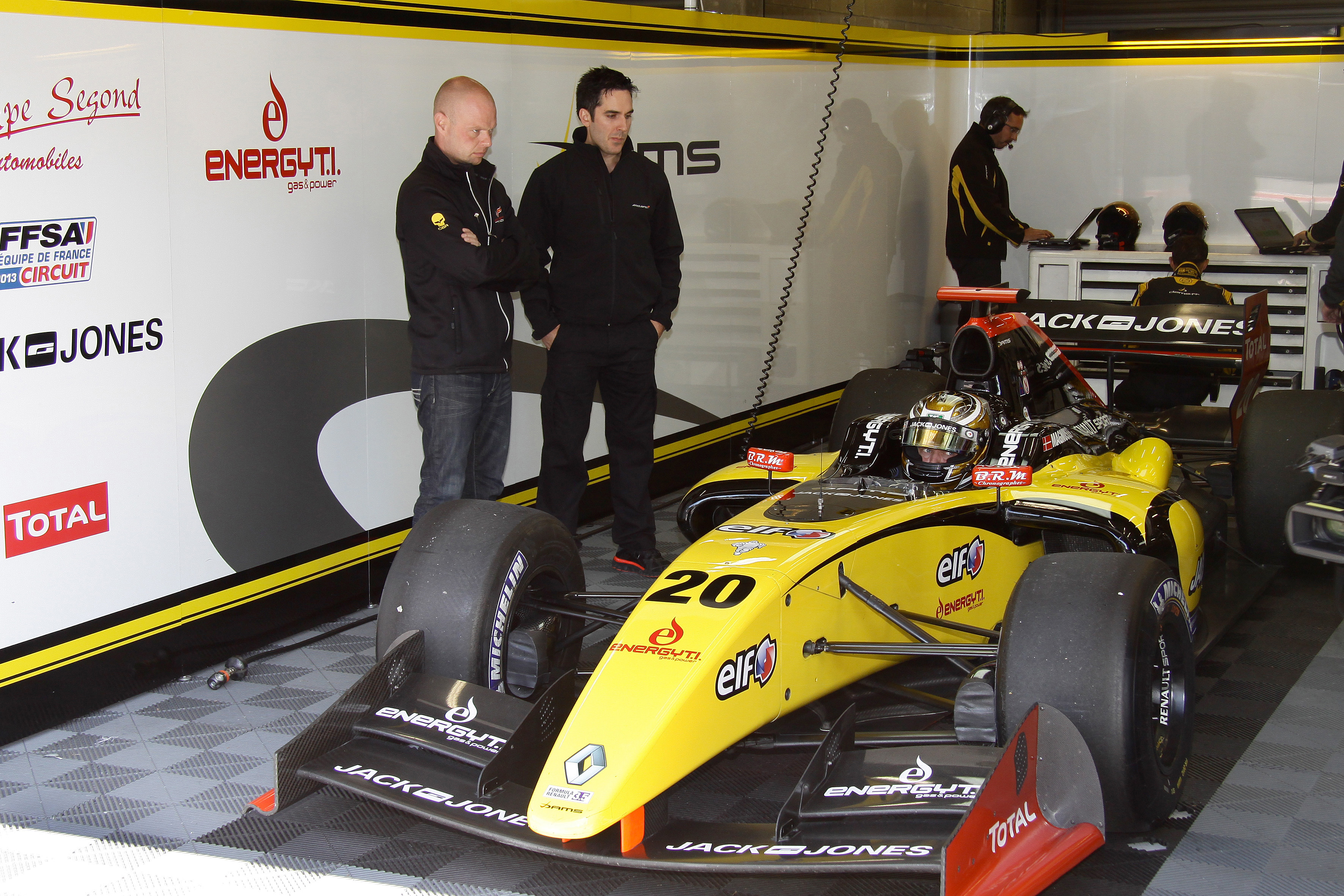
The boss of the French team knew a thing or two about preparing drivers for successful careers, and he wasn’t shy in explaining to Magnussen the importance of working collaboratively with his team and being more willing to listen to what the engineers had to say.
Magnussen was effectively told it was the DAMS way or the highway, and he took the advice on board. Inside the team, there was an instant, noticeable change in his approach, and he went on to win the championship.
It laid the foundations for the F1 race drive that came the following season when he was selected to replace Sergio Perez, who was dropped after one season with McLaren.
But even during 2013, there was a feeling among those monitoring the McLaren junior programme closely that Vandoorne was the driver with more potential, meaning Magnussen had plenty to prove.
HOW HIS SEASON WENT
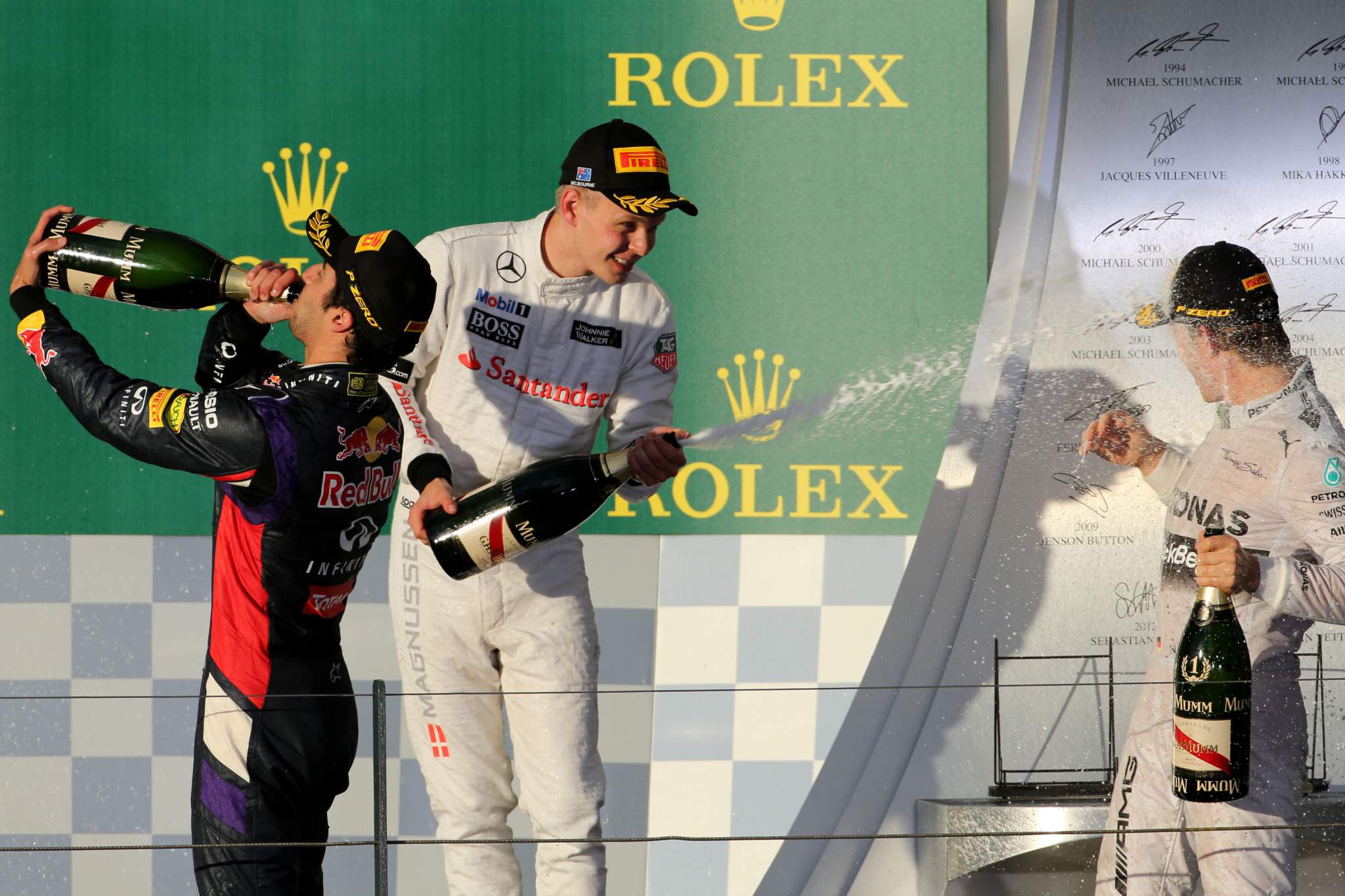
Magnussen’s debut couldn’t have gone better, as he finished third on the road in the 2014 Australian Grand Prix and being promoted to second after Red Bull driver Daniel Ricciardo was excluded for exceeding the 100kg/h fuel flow limit. That was after Magnussen had qualified fourth and survived the car briefly snapping left when he launched.
“The start was pretty scary,” he admitted. “I had a bit of a moment off the line, I caught it and the start was slow after that.”
McLaren CEO Ron Dennis described Magnussen as having “exceeded expectations”, while the 21-year-old recently admitted that he thought F1 was going to be easy after that flying start. Yet this stands as his only podium finish.
Realistically, McLaren wasn’t as competitive as that result suggested, so Magnussen can’t be blamed for that.
But he did come down to earth the second time out in Malaysia, finishing ninth after being hit with a five-second penalty for clipping Ferrari driver Kimi Raikkonen’s right-rear tyre at Turn 1 on the second lap.
Magnussen admitted to being “disappointed”, then suffered another clash – albeit with no penalties involved – with Raikkonen in the following race in Bahrain.
As the extent of McLaren’s struggles became clear, Magnussen had a difficult run but then started to score consistently. His Monaco Grand Prix Sunday was unfortunate as he was running sixth and in contention for fifth when a Mercedes power unit problem slowed him and led to him dropping to 10th.
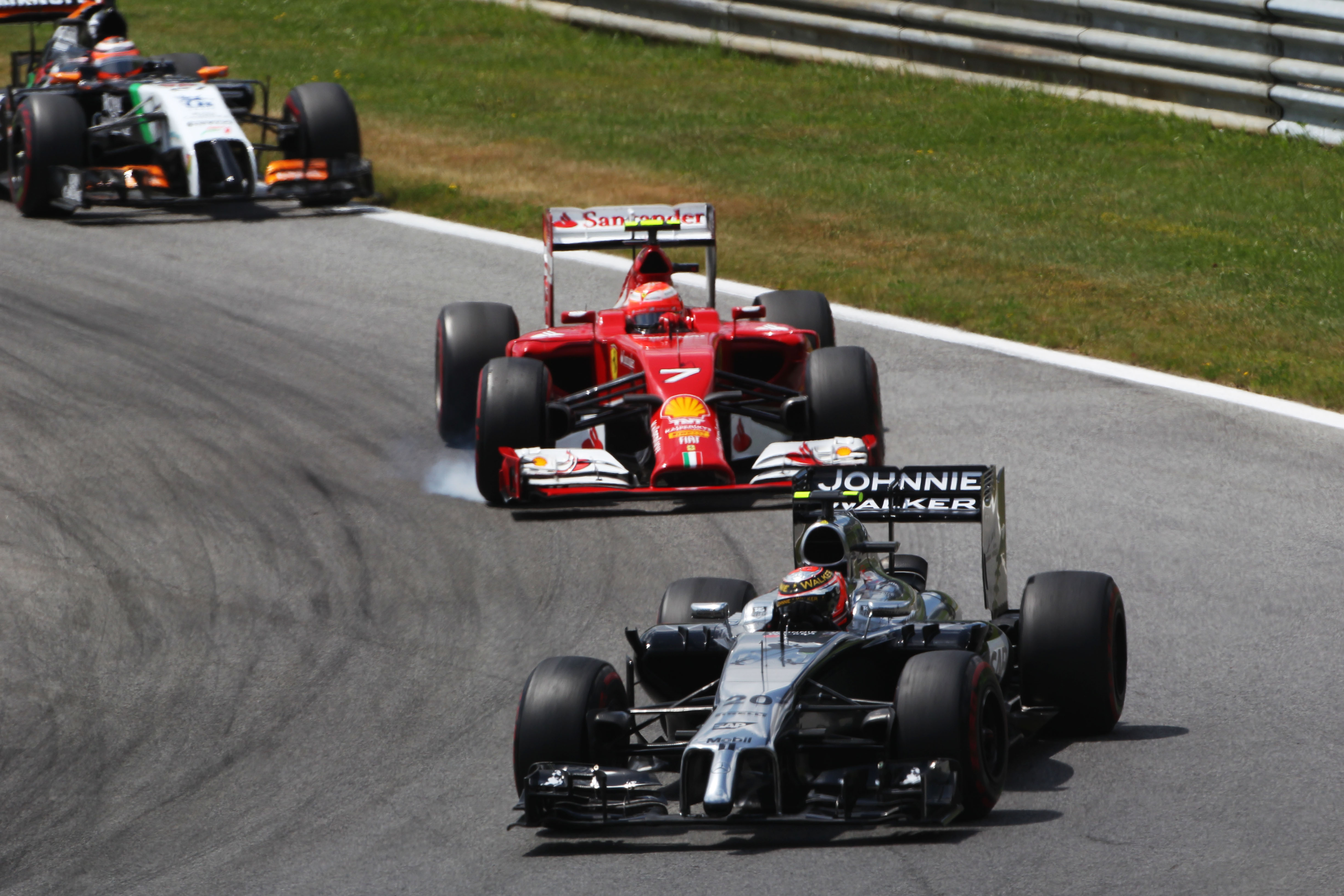
But the next race in Austria appeared to be a breakthrough. There, he finished seventh and McLaren racing director Eric Boullier talked up Magnussen’s progress in refining his skills.
“When you are talented and gifted, it is easy to do a laptime,” said Boullier. “But the most complicated part is to manage the tyre wear and degradation, so that you can keep the speed by changing your driving style while making sure you are consistent. That’s the most important thing and now Kevin broke through.”
At Silverstone, Magnussen qualified fifth in damp conditions and went on to finish seventh, then recovered from the back to ninth at Hockenheim after a clash with Felipe Massa at the first corner that led to the Williams rolling.
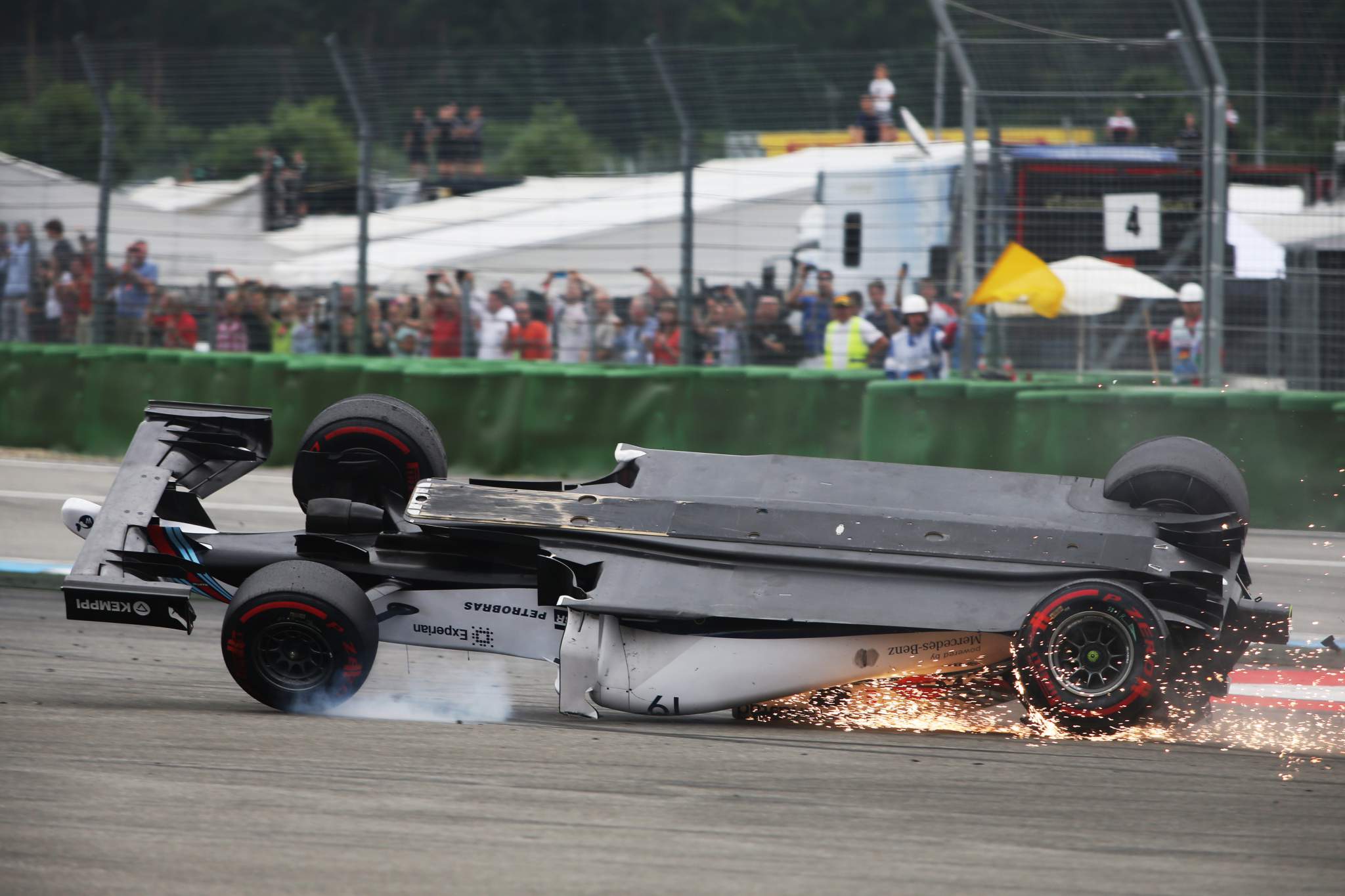
His run of five consecutive points finishes came to an end at the Hungaroring, where after reaching Q3 he crashed heavily at Turn 1 while on slicks as the rain came down. After starting from the pitlane in a car built up around the spare chassis, he finished 12th.
He headed into the summer break after a promising first half of the season with 37 points to team-mate Jenson Button’s 60, a very respectable return in comparison to the 2009 world champion.
But after the summer break, Magnussen didn’t kick on as hoped.
In the first four races back, he managed only two points. At Spa, he finished sixth-on-the-road but was dropped to 12th by a penalty for forcing Fernando Alonso’s Ferrari onto the grass on the Kemmel Straight.
Next time out at Monza, he was relegated from seventh to 10th by the application of a five-second penalty post-race for forcing Williams driver Valtteri Bottas off the track at the first chicane.
He described his point for 10th in the Singapore Grand Prix as the “hardest earned” amid unusually high temperatures in the cockpit that made him very uncomfortable, then performed well next time out at Suzuka by outqualifying Button. But he could only finish 14th after an extra pitstop for a steering wheel change to solve an electronics problem, later spinning in the wet conditions.
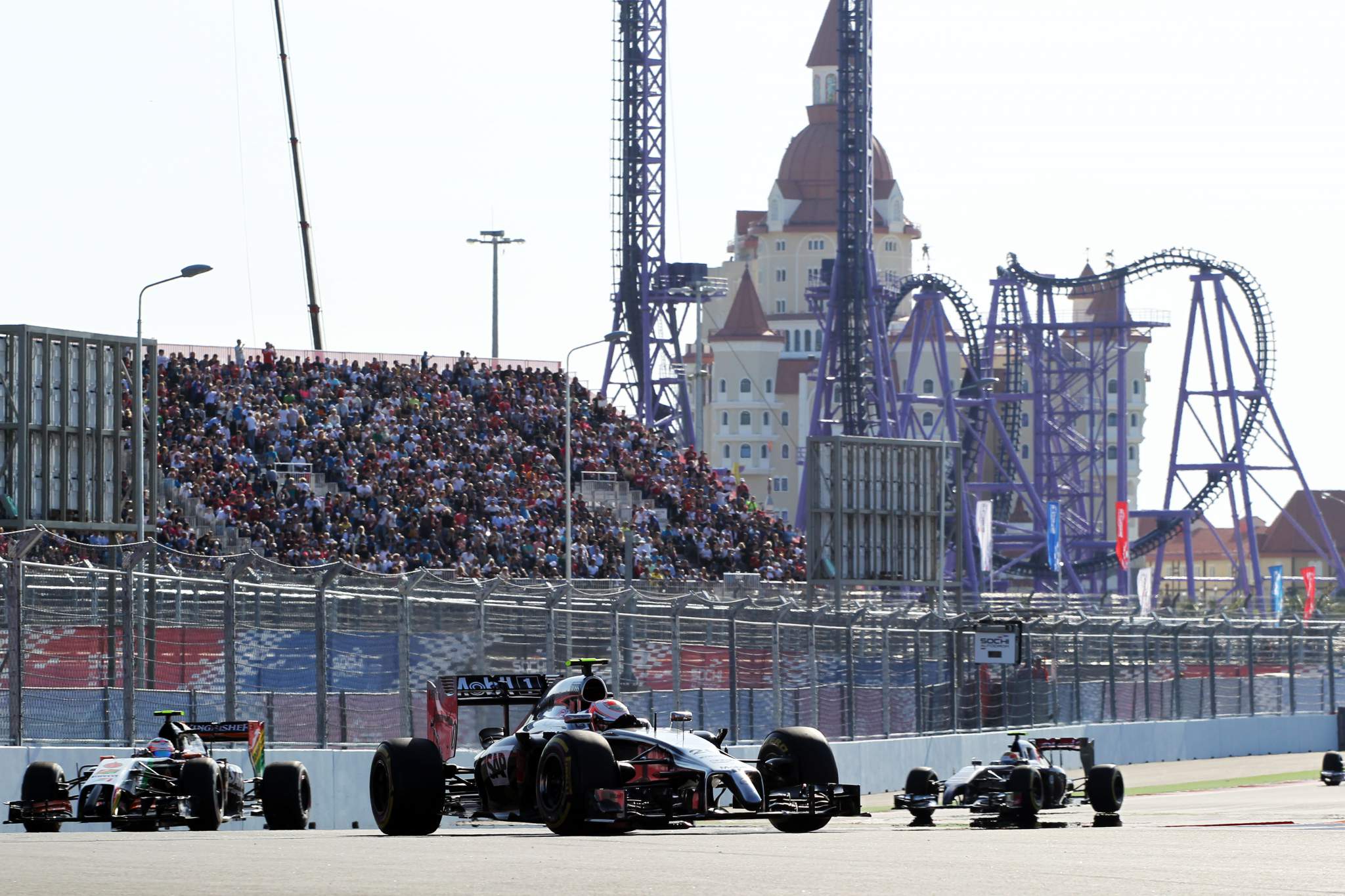
His fifth place in the Russian Grand Prix was outstanding, Magnussen recovering from 11th on the grid after a gearbox-change penalty and a fuel-flow meter problem in qualifying. That was followed by a decent run to seventh at Austin and a so-so run to ninth at Interlagos on a weekend where Button was on brilliant form to finish fourth.
Magnussen’s season finished with an 11th place in Abu Dhabi, another race where the resurgent Button excelled to take fifth.
WHY HE WASN’T KEPT ON
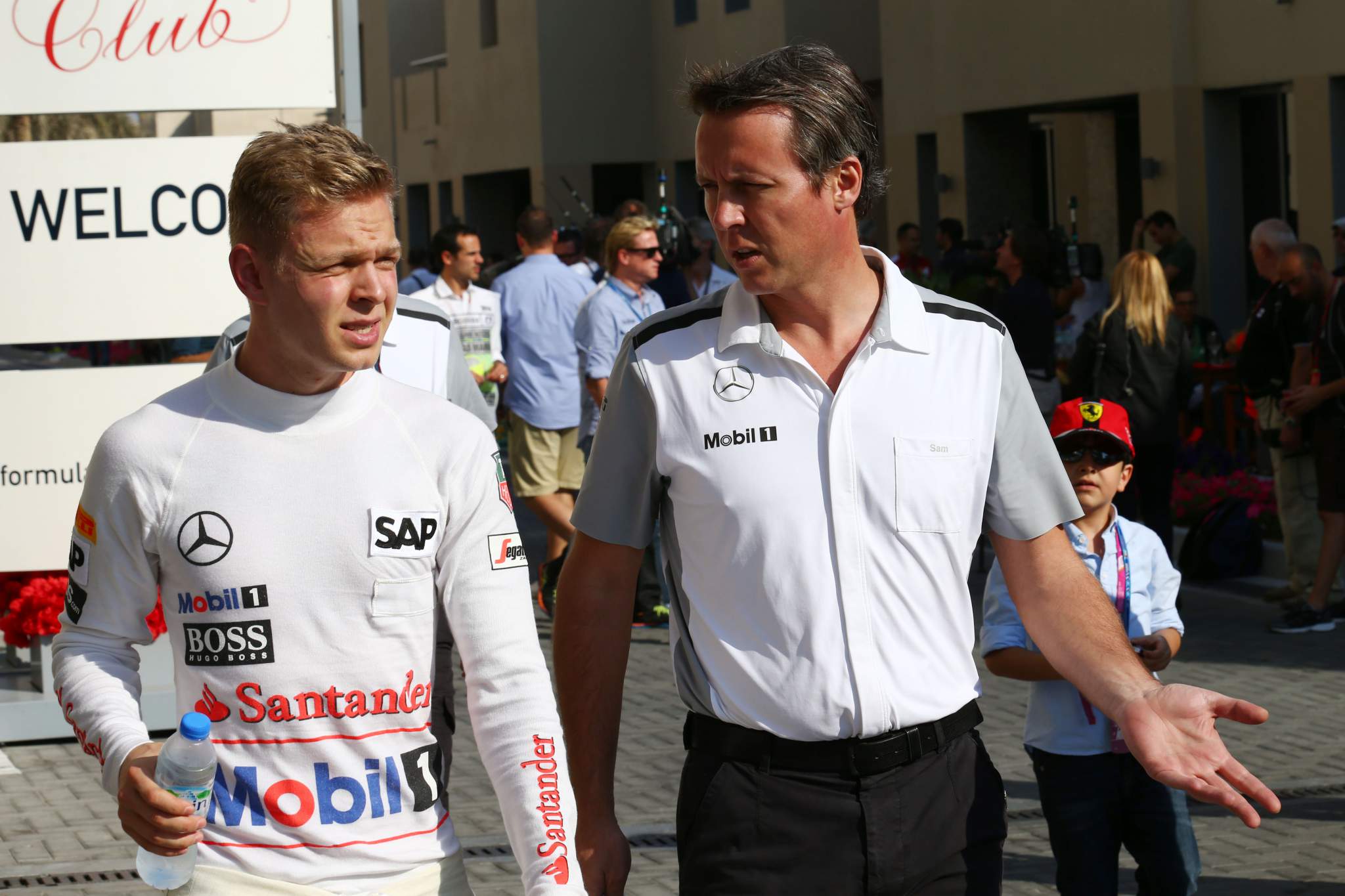
McLaren didn’t finalise its driver line-up until mid-December, but given its long pursuit of Alonso and Button’s experience and strong finish to the season, the odds were always against Magnussen retaining the race seat.
In the final reckoning, Button’s strong form in the closing stages of the season and the fact he convinced the team that he was still motivated to race in F1 was the clincher. After all, Button had outscored Magnussen 126 points to 55.
But perhaps more significant was McLaren’s frustration at Magnussen not kicking on as hoped over the second half of the year. His speed was clear from his qualifying form, but the fact he plateaued in terms of tyre understanding, with suspicions he felt that the step he made in Austria meant he had mastered the Pirellis when there was still more to come, and struggled too many times on Sundays, counted against him.
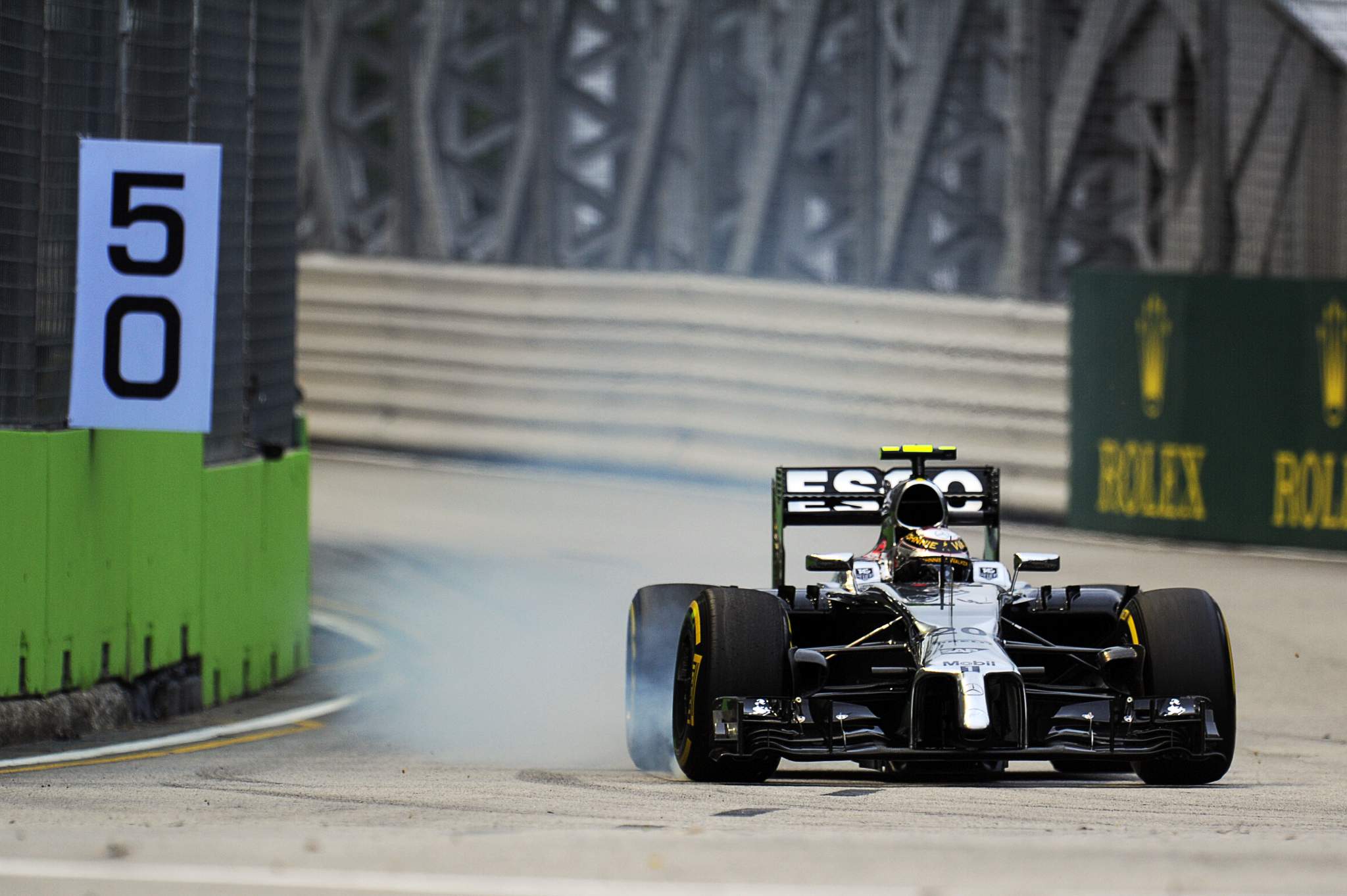
In the 17 races that both McLaren drivers finished, Magnussen was only ahead in Australia, Austria and the USA. There were also concerns about the number of incidents he was involved in, although this was also regarded as part of the learning curve for an F1 newcomer.
Given what he was being measured against, a rookie with one promising but rough-around-the-edges season was always going to struggle to get the nod over the prospect of Alonso.
But despite having another highly-rated junior on its books in Vandoorne, who headed into 2015 as a GP2 title favourite, McLaren quite rightly kept Magnussen on as its third driver given the potential he had shown during his first season.
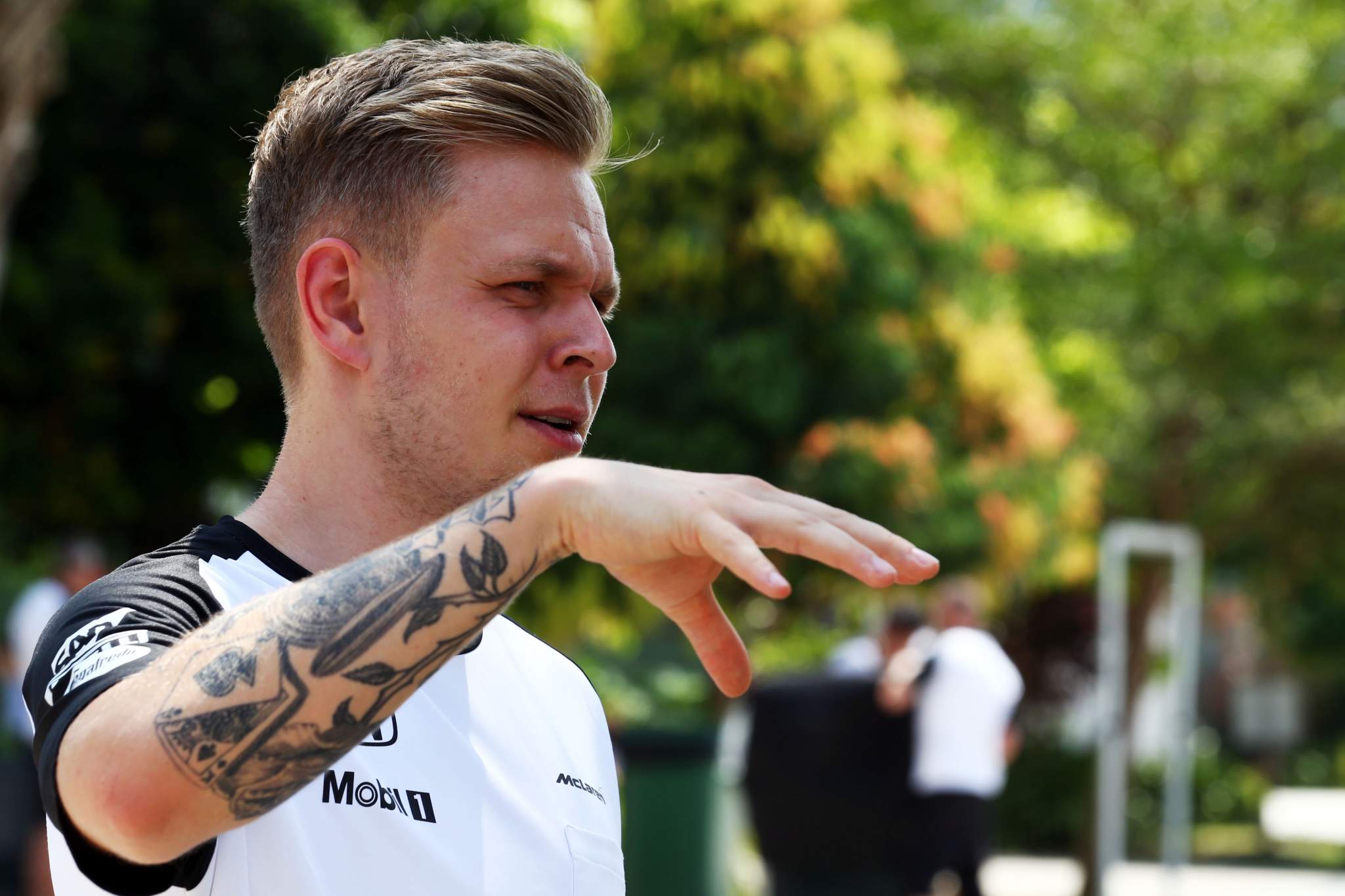
“One year’s testing does not take away the opportunity to race in the future,” said McLaren’s Ron Dennis of Magnussen’s future.
“Fernando spent a year testing between Minardi and Renault, Mika [Hakkinen] did two years at Lotus, came here, did one year’s testing then raced for us. And both subsequently went on to win world titles.”
It was a blow for Magnussen, but he stayed positive. With insufficient time to find another berth, the third driver role at least kept him in the game.
“I want to race so of course, I’m disappointed,” he said when the driver line-up was announced. “But I’m still with a great team and I still have big opportunities in my Formula 1 career and beyond. I still have a lot of time ahead.
“It’s exciting going into this new partnership. Even though it’s as third driver, it’s still a big challenge and a big opportunity. I see a lot of opportunity, even though I’ve taken a step back.”
Sadly, when that opportunity did present itself to Magnussen it came to nothing. He filled in for the injured Alonso at the season-opening Australian Grand Prix, but was unable to start thanks to an engine failure.
And that was it for his McLaren career – until he got the call for the IndyCar outing. Even that has a connection to what happened when with the F1 team in 2015 as Magnussen claimed at the time that the Australia opportunity led to him abandoning his chase of an IndyCar seat for that season.
Magnussen felt his F1 career was likely over as he headed into 2016 without a drive. But Pastor Maldonado’s PDVSA backing fell through and led to him being dropped by the newly-rebranded Renault team. Magnussen signed a deal the day before the team’s pre-season launch and had a strong season, but at the end of the year turned down an offer he described as “not good enough” to take a longer-term Haas deal that would see him race in F1 until 2020.








